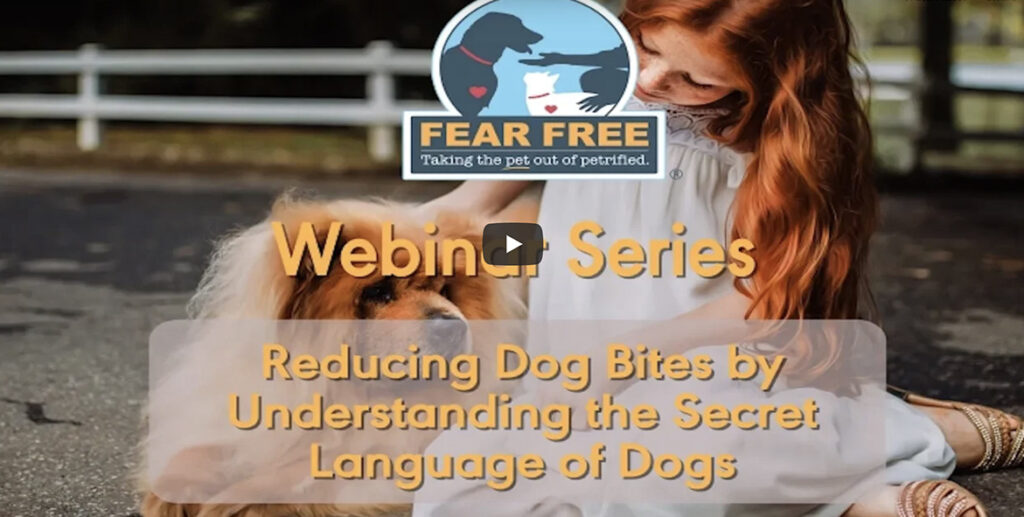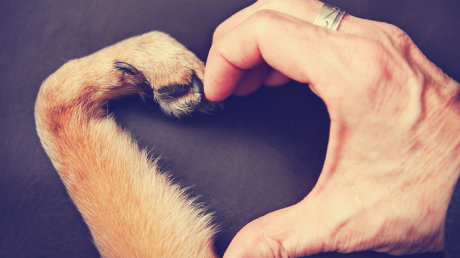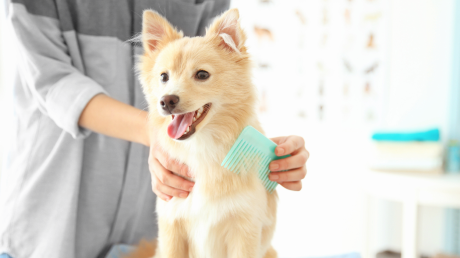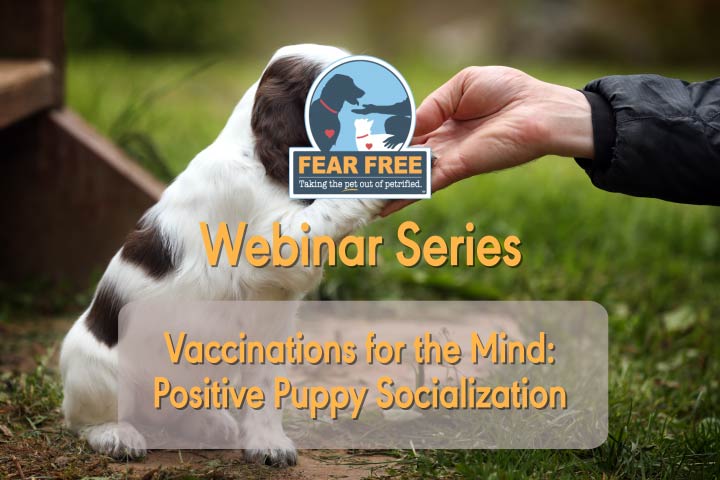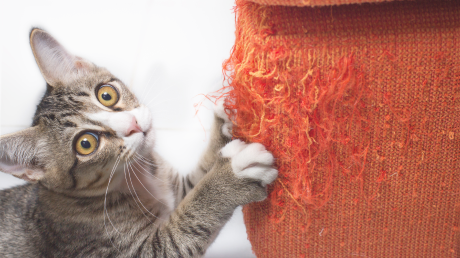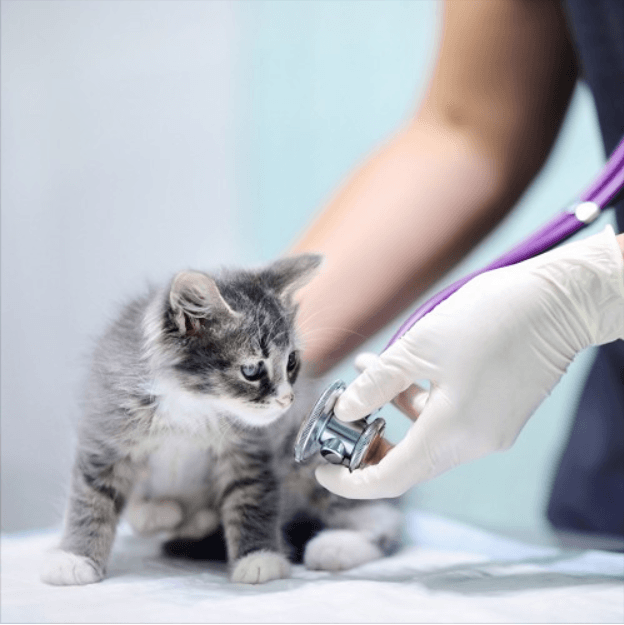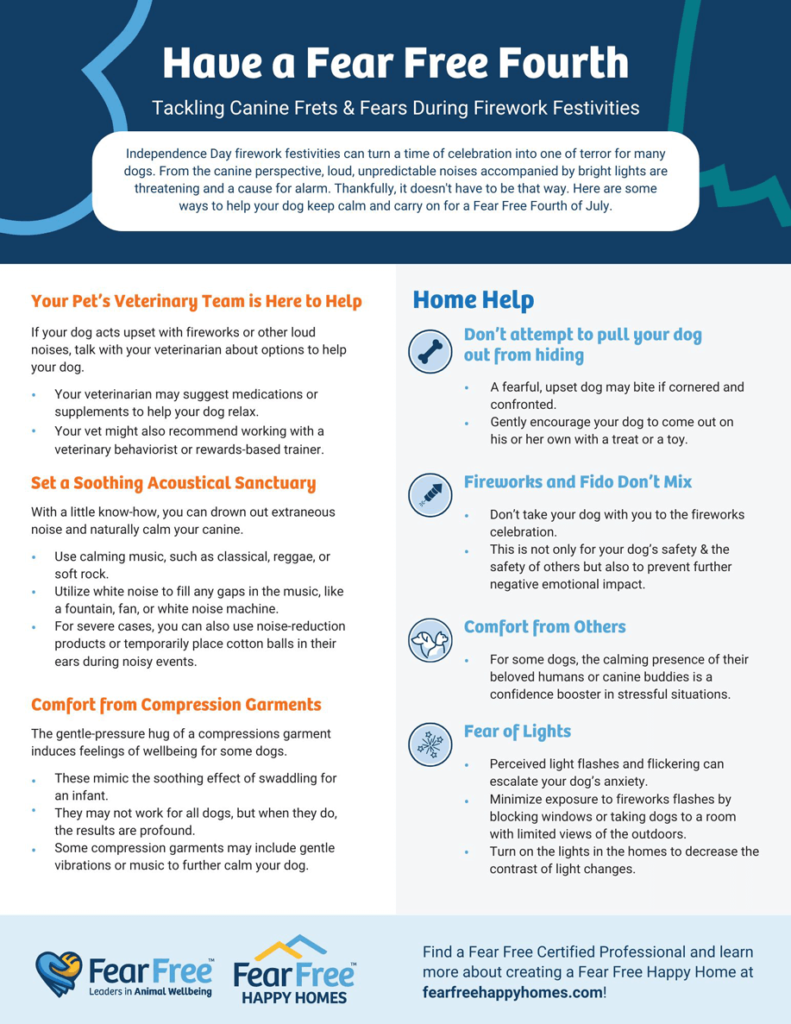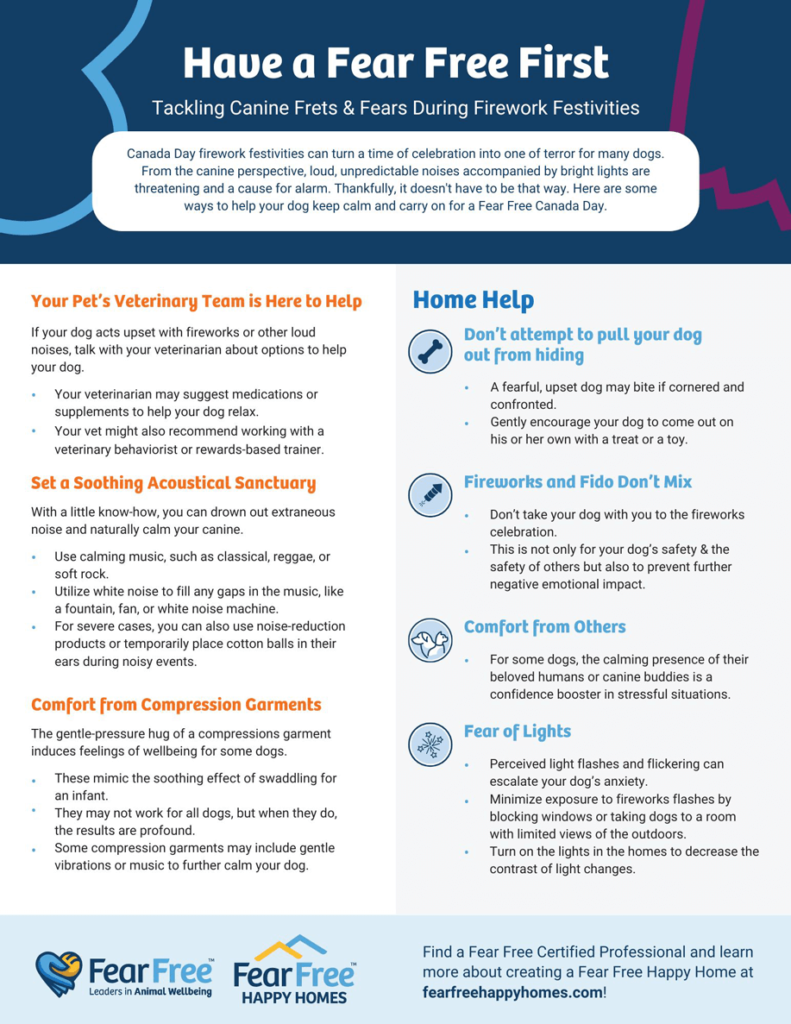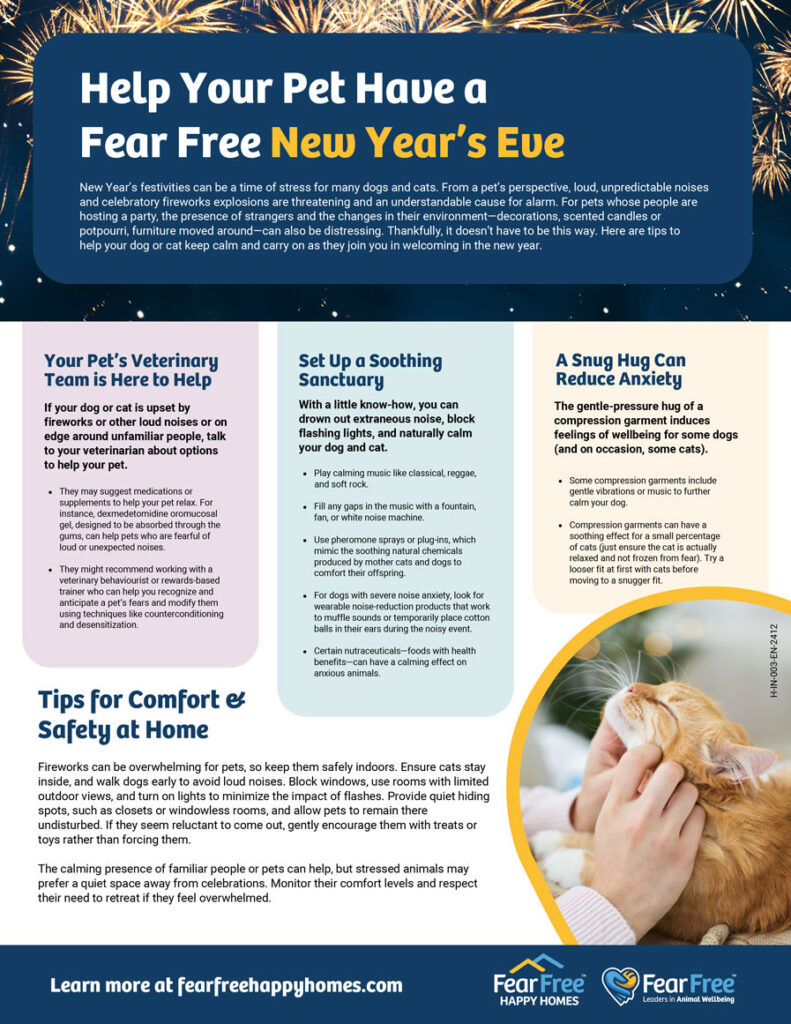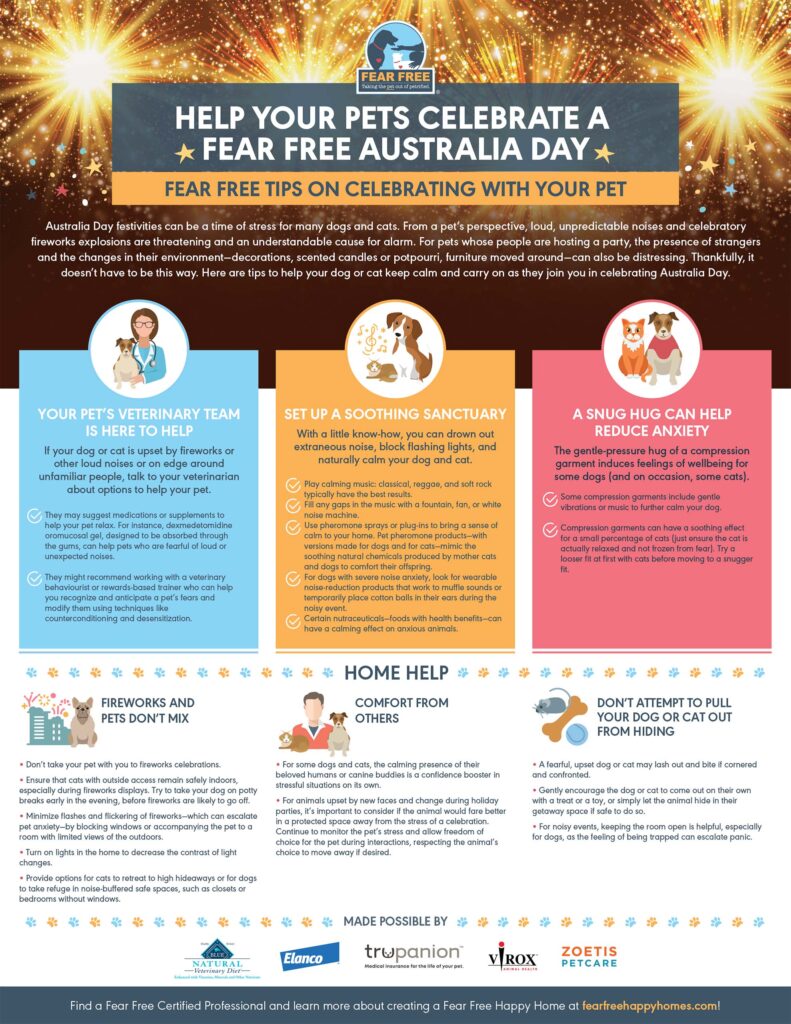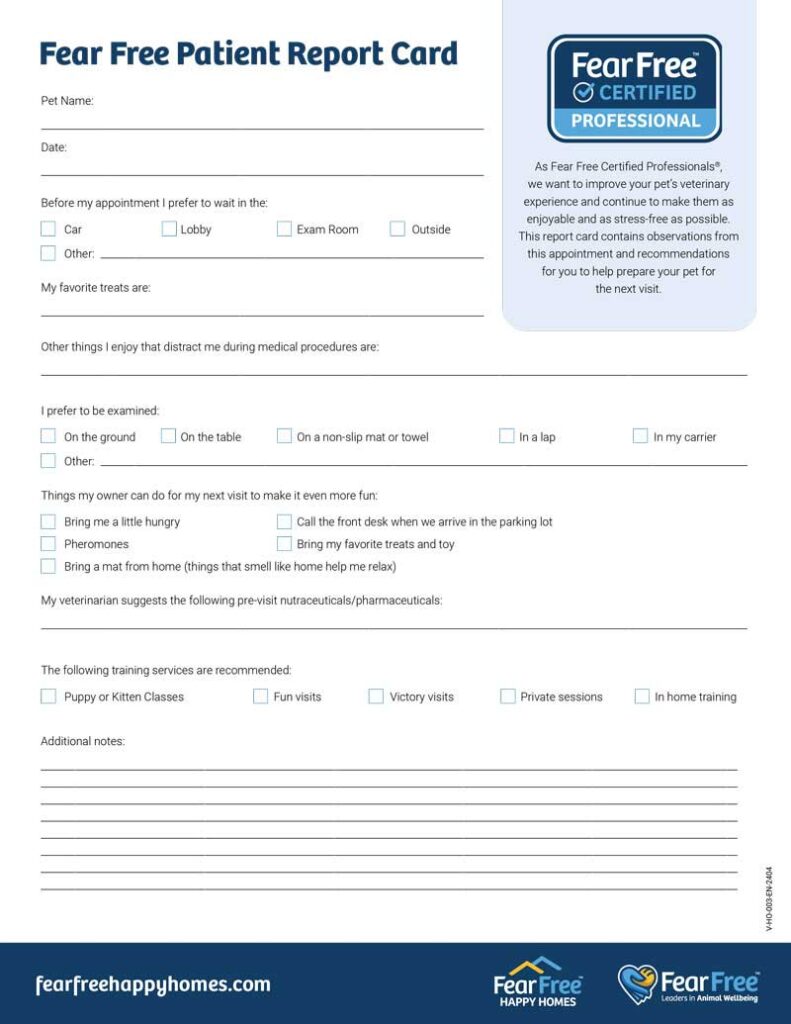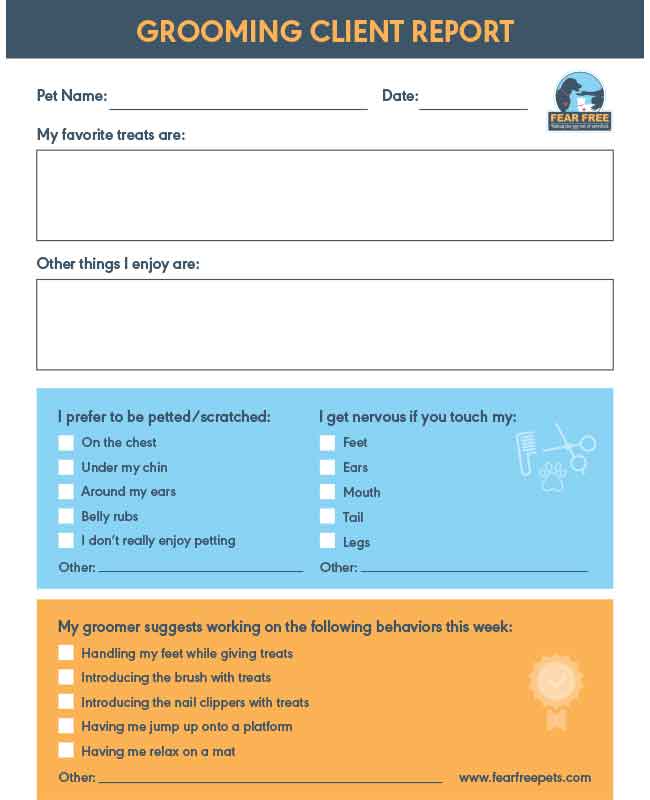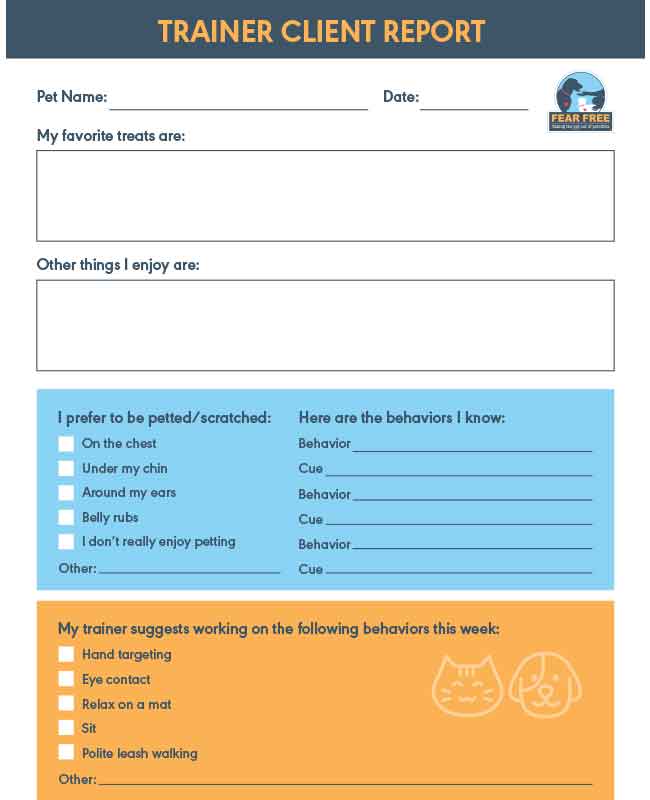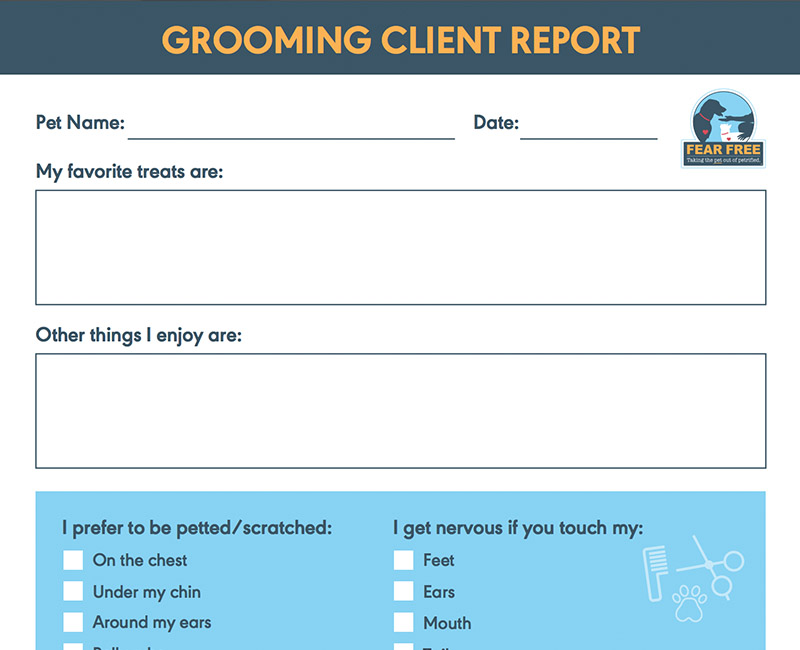How many times have you seen an animal shy away from the blow dryer or the nail clippers? How about trembling in the bathtub? Many animals don’t necessarily enjoy having their feet handled, getting a haircut, or taking a bath. But there’s a lot that groomers can do to make those things more comfortable (and even fun!) for them.
The Fear Free Groomer Certification Program teaches you how to use Fear Free concepts to ensure that the grooming experience is as enjoyable as possible for every pet, every time. Step-by-step video clips and slides show you how to teach animals to love the grooming table, clippers, the bathtub, the blow dryer, grooming shears, the groomer’s loop, and more.
Whether it is the animal’s very first visit to the salon or they have already developed a fear, you can help them. You’ll learn how to recognize even the most subtle signs of stress, and you’ll be well equipped on how exactly you can help a pet who is feeling stressed.
You’ll learn how to set the salon environment up to help ensure Fear Free grooms, from the moment a pet enters the salon, throughout the groom, and until the moment they leave. This includes shop layout, sights, sounds, smells, entrances and exits, and more.
All this translates into happier pets, more frequent visits, and satisfied pet owners spreading the word about how much fun their dog or cat had at your salon. Decrease stress on you and the animals, and increase your revenue!
The purchase of the Fear Free Groomer Certification Program provides you with an annual membership for the program, which requires an annual renewal fee and completion of additional annual CE to maintain your membership.
This course has been approved by the PACCC for 5 CEU
